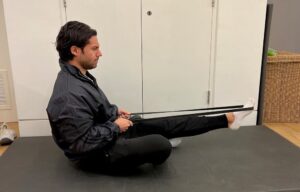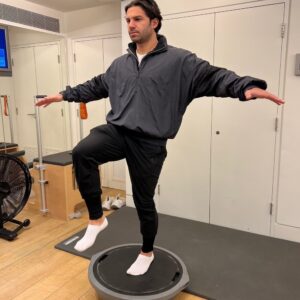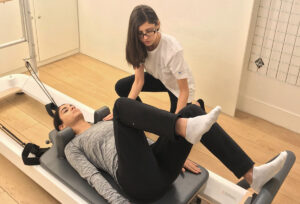
Ankles - how a FRC® Mobility Specialists (FRCms) can help you
Ankles Functional Range Conditioning (FRC) can offer targeted exercises to enhance the range of motion and strength in the ankles. By incorporating exercises like ankle CARs (Controlled Articular Rotations), PAILs/RAILs (Progressive Angular Isometric Loading/Regressive Angular Isometric Loading), and passive stretching, FRC helps to optimize both ankle mobility and stability.
Ankle CARs involve slow, deliberate rotations of the ankle joint in various directions, stimulating synovial fluid production and improving joint health. PAILs/RAILs utilize isometric contractions to strengthen muscles around the ankle while enhancing control throughout the range of motion. Passive stretching helps to lengthen tight tissues and improve flexibility.
Exercises and movements that help Ankle mobility is crucial for various activities, from walking to sports performance, and controlled articulation rotations is a great way to warm up the ankle joints, where the ankle is moved in various directions to increase joint fluidity. These movements include dorsiflexion, plantarflexion, inversion, and eversion. Additionally, exercises like calf raises, single-leg balance drills, as well as CARs help improve strength and stability around the ankle joint. These movements emphasizes progressive loading and controlled movements to gradually expand the range of motion while building strength and stability to support it.
FRC® Mobility Specialists (FRCms) can help you By integrating FRC principles into a comprehensive ankle mobility routine, clients can reduce injury risk, enhance performance, and promote overall joint health and function.




















